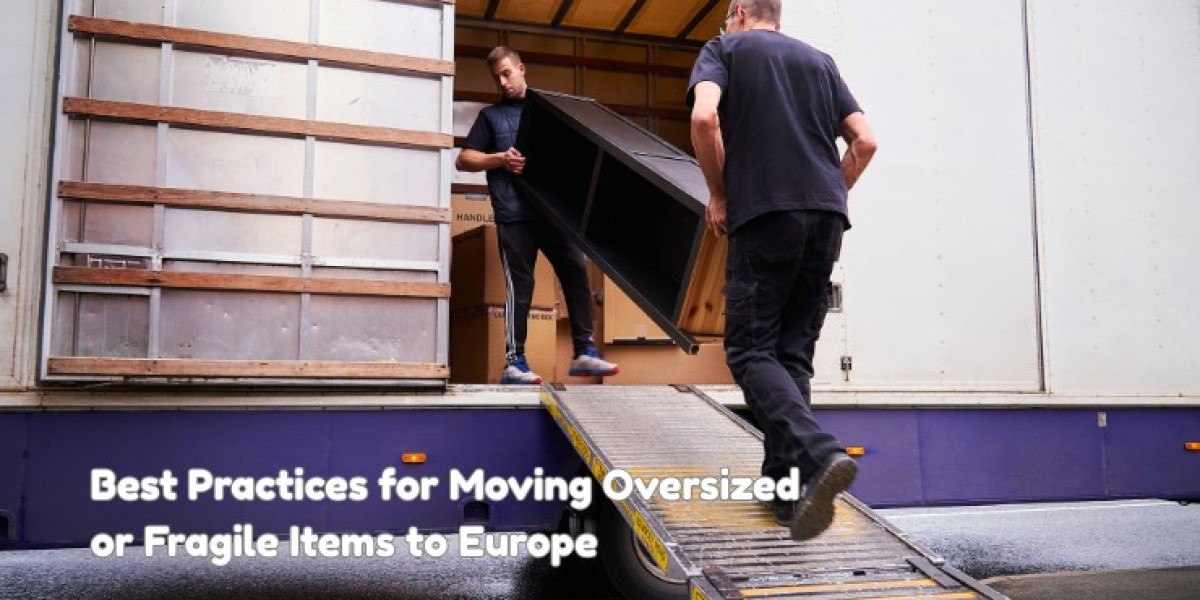There’s surely plenty of excitement that comes with preparing to handle moving abroad, but when you’re moving larger or fragile belongings, moving abroad can also feel like a bit of a puzzle when it comes to logistics.
Whether it’s your grandma’s antique dresser, your cherished piano, or an elaborate set of delicate wine glasses, with so many moving parts, it is a hassle to think about how your belongings might get damaged in transit.
Shipping internationally means covering some long distances, loading and unloading multiple times, and most often, passing through customs, so planning your shipment really can make things easier.
Here are some time-tested best practices to help ensure your precious items arrive intact.
1. Take Stock of Your Belongings
Before anything else, identify which items are oversized, fragile, or high-value. Think:
Large furniture (wardrobes, sofas, dining tables)
Musical instruments (pianos, guitars, drum kits)
Glassware and china
Artwork, sculptures, or antiques
Electronics with delicate screens
Knowing exactly what needs special attention helps you (and your removals company) plan properly.
2. Invest in the Right Packing Materials
The old trick of wrapping glass in newspaper just won’t cut it for international moves. For fragile and oversized goods, you’ll need:
Sturdy double- or triple-walled boxes for extra protection
Bubble wrap and foam padding for cushioning
Furniture blankets to prevent scratches
Custom wooden crates for extremely delicate or valuable items like artwork
Specialist TV or mirror cartons for large screens and reflective surfaces
It’s an investment worth making—especially compared to the cost of repairing or replacing something precious.
Whether you need removals for Cyprus or any other European location, we help you pack all the items securely.
3. Think About Packing Options
It’s easy to think you can pack everything yourself, however, large and fragile items are better left to the professionals. Professional removal crews understand how to wrap things, load them, and secure them so they don’t move in transit. For example, we make bespoke crates onsite for awkwardly shaped things to ensure a snug fit so as to protect them in transit.
4. Disassemble When Possible
Large furniture like bed frames, tables, or wardrobes can usually be dismantled, making them easier to move and less prone to damage. Just remember to:
Keep all screws and fittings in a labelled bag
Photograph the item before disassembly so you know how to reassemble it later
Wrap each part individually
This step alone can save a lot of hassle (and scratched doorframes).
5. Review Over Insurance Cover
Just because you take all the precautions in the world, accidents can happen. That is why it is so important to check with your insurance.
A standard cover may not provide insurance cover for fragile or high-value items, so it is definitely worth checking to see if you can take out some additional cover. European Removal Services can advise on specialist insurance products so that you have peace of mind.
6. Don’t Forget About Customs Regulations
Moving to Europe from the UK post-Brexit means customs paperwork is unavoidable. For high-value items, you may need detailed declarations or proof of ownership. Some items—like antiques, artwork, or musical instruments—may also have special restrictions. Working with a removals company experienced in European moves ensures all paperwork is in order, avoiding unnecessary delays.
Final Thoughts
Moving fragile or oversized items doesn’t have to be stressful—as long as you prepare properly. By using the right materials, working with professionals, and planning ahead, you can make sure your belongings arrive in Europe just as they left your home in the UK: safe, secure, and ready for the next chapter of your life.
Whether you’re planning for removals to Latvia or any other European location, get in touch with European Removal Services. With decades of experience, we know exactly how to get your most treasured possessions from A to B without a scratch.








